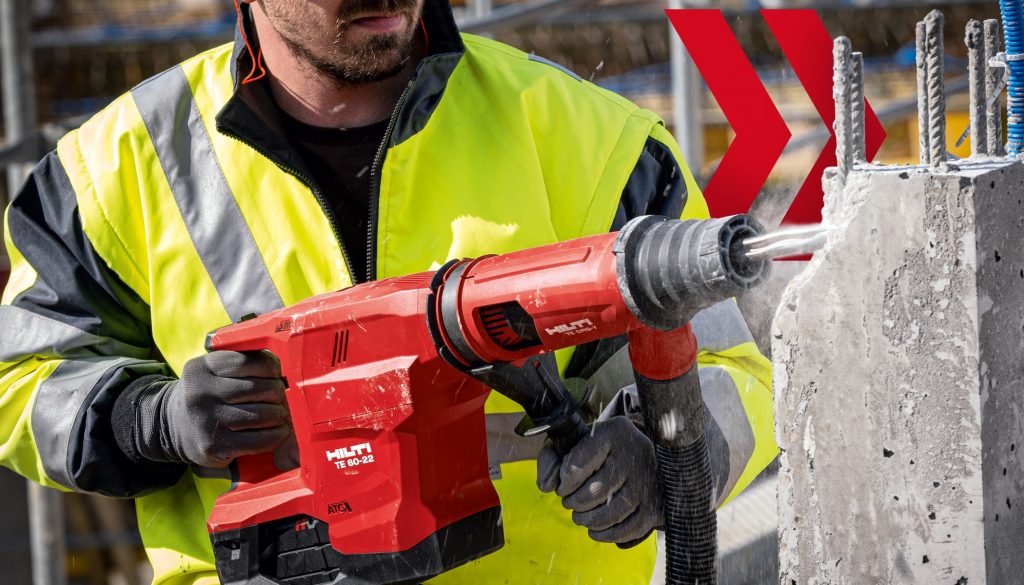Power Tools Unplugged: A Comparative Analysis of Portable and Stationary Power Tools
2 min read
In the realm of power tools, the debate between portable and stationary tools is a perennial one. Both categories have their unique strengths and weaknesses, and understanding these differences is crucial for professionals and DIY enthusiasts alike. This article aims to provide an in-depth comparison of portable power tools and stationary power tools, delving into their functionalities, applications, and the factors that influence their selection.
Portable power tools, as the name suggests, are designed for mobility. They are lightweight, compact, and often battery-powered, making them ideal for tasks that require flexibility and movement. Examples include cordless drills, angle grinders, and circular saws. These tools are particularly useful in construction sites, where workers need to move around frequently. They are also favored by homeowners for small repair and maintenance tasks due to their ease of use and storage.
On the other hand, stationary power tools are large, heavy-duty machines that are typically bolted to the floor or a workbench. These include table saws, drill presses, and lathes. Stationary tools are known for their precision, power, and capacity to handle large or complex workpieces. They are commonly found in professional workshops, manufacturing facilities, and other settings where high-volume or precision work is required.
The primary difference between portable and stationary power tools lies in their mobility and power. Portable tools offer the convenience of mobility, allowing users to bring the tool to the workpiece. However, they may lack the power and precision of their stationary counterparts. Stationary tools, while less mobile, provide superior power and precision, making them ideal for heavy-duty or precision tasks.
Another key difference is in their power source. Portable tools are often battery-powered, making them cordless and more convenient to use. However, this also means they have a limited run time and may require frequent battery changes or recharges. Stationary tools, on the other hand, are typically powered by electricity or compressed air, providing continuous power but requiring a fixed power source.
The choice between portable and stationary power tools ultimately depends on the specific requirements of the task at hand. For tasks requiring mobility, flexibility, and convenience, portable power tools are the go-to choice. For tasks requiring power, precision, and capacity to handle large workpieces, stationary power tools are the better option.
In conclusion, both portable and stationary power tools have their unique advantages and applications. Understanding these differences is crucial in selecting the right tool for the job. As technology continues to evolve, we can expect to see further advancements in both categories, making power tools even more versatile and efficient.

